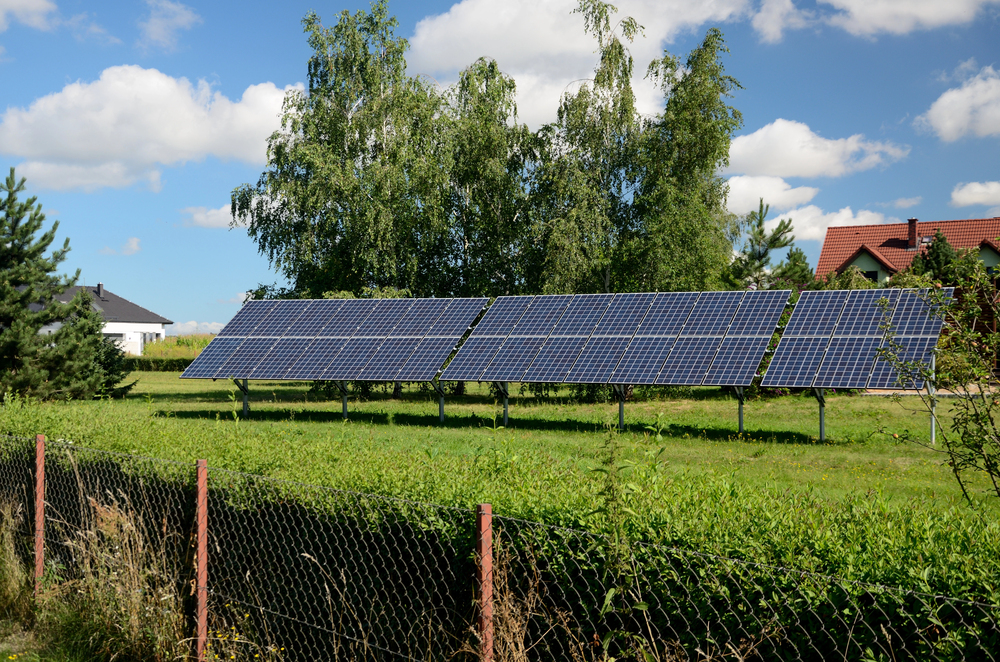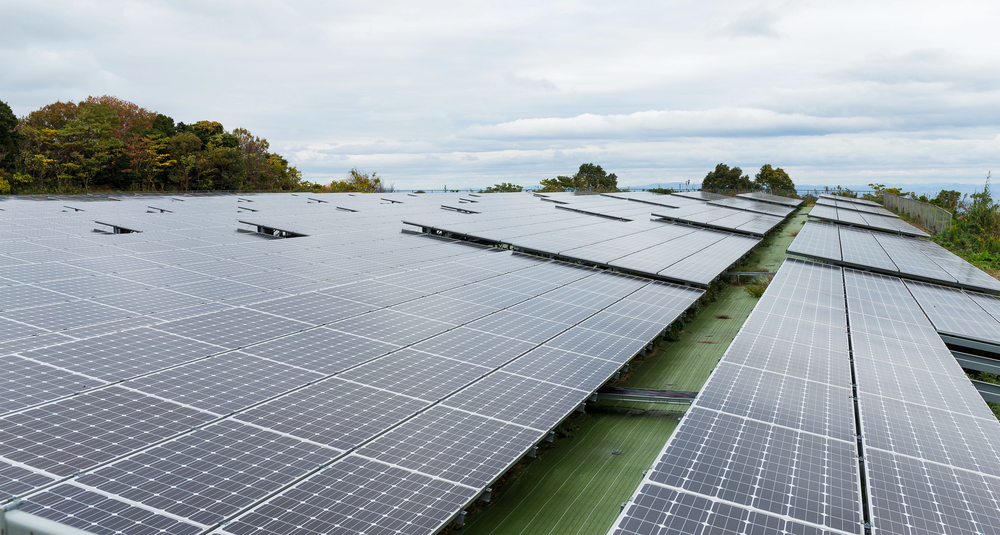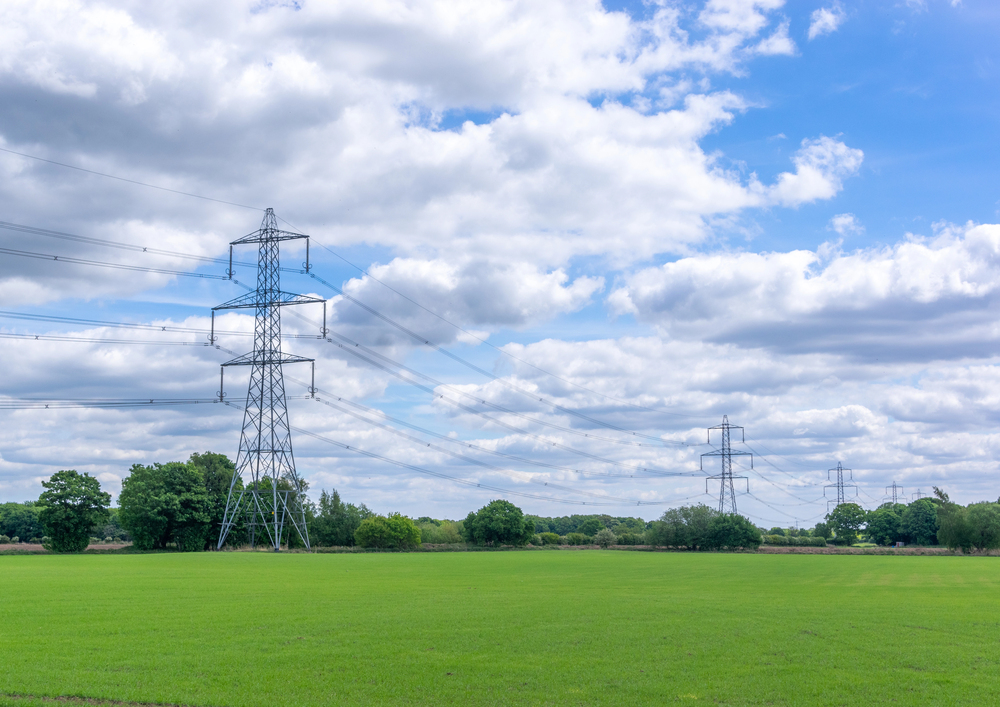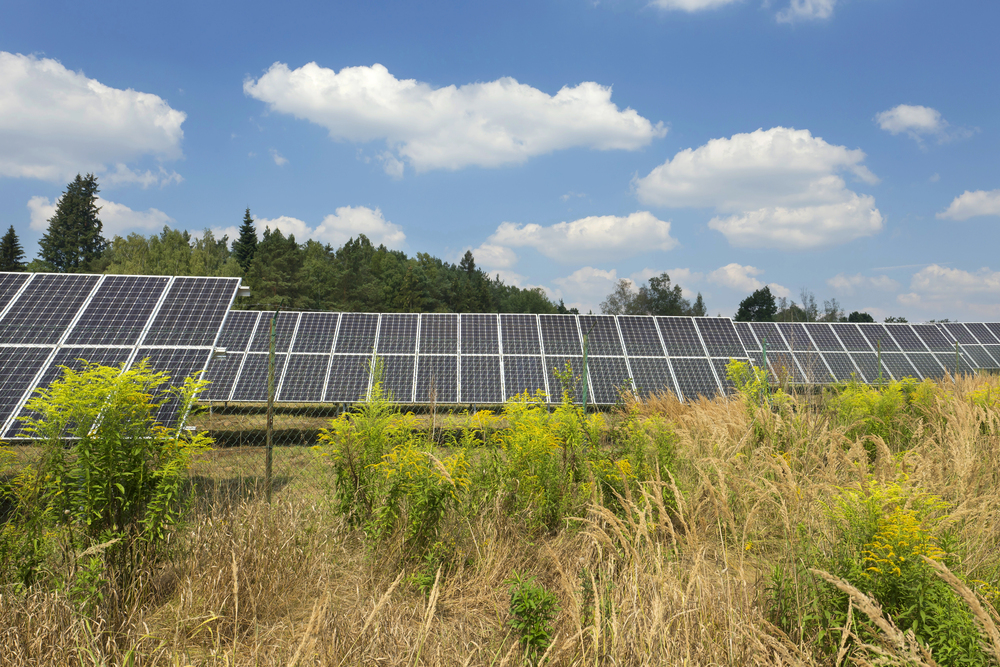
‘Our message to developers is ‘invest in these schemes at your financial peril.'” The phrase used by Boston & Skegness MP Richard Tice is an indication of the ferocity of the present standoff in Lincolnshire, as the Reform Party has organized a campaign against big renewable energy schemes. The argument is political but also a field of combat of law, engineering, economics, and Britain’s future energy and food security.

1. Lawfare and Legislative Threats: Deterrent Investment
The Reform party’s plan is dependent on the combative employment of legal action, so-called “lawfare,” and threats of legislative rollbacks should they be elected. “We will employ lawfare and legal campaigns to test the limits as far as we can and deter investors,” Tice stated when announcing the campaign. The party has made threats to developers that deals agreed during the existing government would be invalidated, and subsidies on renewables would be removed. This policy has caused jitters in the investment community. James Alexander, head of the UK Sustainable Investment and Finance Association, said: “This letter threatens to put politics ahead of prosperity by making threats to developers in one of the UK’s growth industries.” Business leaders say this uncertainty could decimate the UK’s reputation as a good bet for clean energy investment, leading to a greater reliance on unstable international gas markets and higher bills.

2. The Solar Farm Dispute: Agrivoltaics, Land Use, Food Security
Behind opposition at the local level lies concern that enormous solar farms would “disfigure” Lincolnshire’s countryside. Mayor Dame Andrea Jenkyns asks, “Why should we risk food security?” a view shared by council planners, who have only recently turned down large solar schemes on the grounds of lost land for agriculture. However, government statistics show that even under the most optimistic projections, solar would take up less than one per cent of the UK’s agricultural land, less than for golf courses, yet conferring enormous dividends to the British public and our energy security. Agrivoltaics, the simultaneous use of land for crops and solar power generation, may provide more than four times Britain’s electricity needs, and facilitate a balance between energy and food output, according to new research by the University of Sheffield.

In Cornwall, trials indicate that although strawberry harvests could be reduced under panels, potatoes and cabbages can also flourish, and overall productivity of land frequently improves when food and energy are both grown together with an appropriate choice of crops and panel locations.

3. Grid Infrastructure: Pylons, Undergrounding, and Environmental
Trade-Offs The solar farm campaign is not the only one to incur the ire of the campaign. National Grid’s planned pylons from Grimsby to Walpole have turned into a cause célèbre, with objectors raising the specter of visual ugliness and environmental disturbance. However, the technical reality is more complex. Overhead cables are necessary for the efficient transmission of high-voltage electricity, and although undergrounding them does minimize visual impact, it is five or ten times more costly and demands up to 14 times more earth to be disturbed at a cost of more land and ecological disruption. Underground cables also have a shorter lifespan and are more difficult to maintain, so they represent a niche solution only in preserved landscapes. Ofgem’s £500 million Visual Impact Provision project tries to find a middle ground by selectively undergrounding wires in areas of natural beauty, but the volume of grid upgrade required to meet net zero ambitions means overhead pylons remain the norm for most new kit.

4. Battery Storage: Engineering, Safety, and Regulation
Battery energy storage systems (BESS) are a keystone of today’s renewable grids, enabling excess solar and wind to be stored and dispensed when required. The UK is a world leader in BESS, with 4.4GW installed and close to 100GW in the development pipeline fueled by streamlined planning and investment. Nonetheless, safety issues, particularly regarding fire hazard and environmental pollution, are inducing new regulatory attention. DEFRA is set to include BESS in the Environmental Permitting Regulations, imposing stringent fire safety, containment, and site management requirements to mitigate risks from lithium-ion battery fire. The changing regulatory environment is essential to investor confidence and public tolerance.

5. The Political Standoff: Net Zero, Energy Security, and Public Opinion
The Lincolnshire campaign is a microcosm of an argument that has a wider national application. Reform’s position, calling net zero a “con” and vowing to overturn climate legislation, is at odds with both scientific opinion and the UK’s legal commitment. The Intergovernmental Panel on Climate Change affirms categorically: “The only way to limit global warming is to achieve net-zero CO2 emissions at the global scale.” Energy Secretary Ed Miliband rebuts Reform’s stance, claiming, “Every solar panel we install, every wind turbine we construct, every bit of infrastructure we construct brings us off those fossil fuels and provides us with energy security.” The public is supportive of renewables, and opinion polls continue to indicate a majority wishing to see wind and solar increase, and an acknowledgment of clean energy breaking the addiction to imported gas.

6. National vs. Local Control: Planning, Subsidies, and Public Involvement
Most big energy projects leapfrog over local councils and come under national control as Nationally Significant Infrastructure Projects. This centralization annoys local leaders and gives rise to charges of democratic deficit. Meanwhile, Reform councils have been accused of stripping out “net zero” language from official reports while still accepting government grants for green schemes. As one of the opposition councillors put it, “It’s utterly duplicitous to scrap net zero references while accepting solar and warm homes funds.” The conflict between local needs and national agendas is unlikely to fade, particularly since the UK’s Climate Change Act makes emission targets statutory law.

7. The Engineering Perspective: Taking a Way Forward
From an engineering point of view, the problems are daunting but not impossible to overcome. Technological innovations in agrivoltaics, battery storage, and grid design provide technical solutions to achieve energy, food, and environmental objectives. It is all about open planning, strong regulation, and public involvement. “Agrivoltaic technology is a potential way out of this dilemma,” says Professor Sue Hartley of the University of Sheffield.

It enables us to harvest the same land for food and the production of clean energy, resolving some of the criticism aimed at solar farms. The Lincolnshire standoff is representative of the tricky trade-offs confronting the UK in trying to decarbonise its energy system and defend rural scenery and food security. The result will depend as much on engineering innovation and regulatory transparency as on political intention and public confidence.


